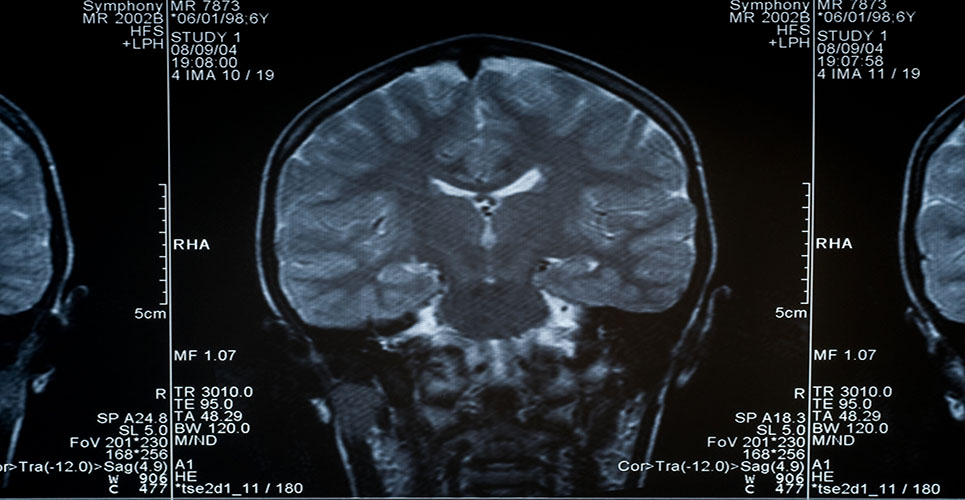teaser
A radioactive dye that identifies the tell-tale signs of Alzheimer’s disease has been used successfully by US scientists.
The discovery could pave the way for a new method of early diagnosis of the disease after researchers in the US found that a toxic protein that is present in the brains of people with Alzheimer’s disease was still present after autopsy, Reuters reports.
Experts have said the AV-45 radioactive tracer, developed by Avid Radiopharmaceuticals, could be used in the future as a new, more accurate method of diagnosis for the condition which is traditionally identified through awareness and memory tests.
Presenting their findings at the Alzheimer’s Association International Conference in Honolulu, the researchers said the dye was clinging on to a protein known as beta amyloid in the brain, lighting up on a PET scan.
Dr Michael Weiner of the University of California San Francisco, who has seen the results but is not involved in the study, told Reuters: “The results are very encouraging. What they show is overall there is a very nice statistically significant correlation between how bright the scan is and how much amyloid there is at autopsy.
“There are some areas where there was a lot of amyloid on the scan and there was a lot of amyloid on the autopsy.
“This is certainly an important step toward the validation of AV-45 as a biomarker.”
Copyright Press Association 2010

